People Reach for smelling salts because a tiny burst of ammonia vapor irritates the nasal lining and triggers a fast inhalation reflex—making you feel briefly more alert and “switched on.” In sports and lifting, that short arousal cue can feel motivating, but evidence for performance gains is mixed, and there are safety caveats. According to Cleveland Clinic, smelling salts haven’t been proven to improve athletic performance and can carry risks like chemical irritation or masking injury—see our step-by-step How to Use Smelling Salts guide for safe technique.

What smelling salts actually do
When you open a bottle of smelling salts, a small amount of ammonia gas (NH₃) is released. That vapor irritates receptors in your nose and upper airway just enough to trigger a reflexive, deeper inhale and a brief uptick in arousal—heart rate and breathing often rise for a moment, which many lifters interpret as “wake up” energy before a heavy set. According to Mayo Clinic, aromatic ammonia has long been used to help rouse people from faintness; it’s about a reflexive response, not adding oxygen or acting like caffeine—read our explainer How Do Smelling Salts Work for a simple breakdown.
The most common reasons people use them
1) Strength sports and high-intensity efforts
Lifters, power athletes, and contact-sport players often use one brief whiff as a pre-attempt arousal cue. The feeling can be real—your body does respond—but the performance impact isn’t straightforward. According to a 2024 sports-medicine review, ammonia inhalants increase perceived arousal but show limited or inconsistent benefits for actual performance (with small effects showing up mainly in repeated high-intensity efforts, not one-rep max strength)—compare that science with your own sessions using our Fitness Fox Smelling Salts — Lemon or Mint.
2) A quick “mental reset” between tasks
Some people like the rapid, punctuated cue when focus dips. That said, salts aren’t a substitute for sleep, hydration, food, or medical care. According to WebMD, occasional use may be tolerated but can still provoke coughing, tearing, and nasal irritation—our Smelling Salts collection page includes practical tips to keep use brief and infrequent.
3) Historical first-aid roots
Ammonia inhalants have a long history in first aid to revive faintness—not as a treatment for head injury or a “performance drug.” According to Mayo Clinic, aromatic ammonia spirit is used to prevent or treat fainting in certain settings; athletes should not use it to “push through” symptoms after a hit—see our article Why Do Athletes Use Smelling Salts? for sport-specific context.
Safety, side effects & who should avoid
-
Irritation and burns: Too close or too frequent exposure can irritate eyes, nose, throat, and—even inside the nasal passages—lead to chemical burns. According to Cleveland Clinic and WebMD, proximity matters; avoid touching the liquid, and if exposure occurs, follow first-aid steps—our How to Use guide specifies a safe distance.
-
Masking serious problems: Feeling “amped” can hide pain or concussion symptoms, delaying care. According to Cleveland Clinic (and echoed by team medical guidance), salts can camouflage symptoms—if you’ve taken a blow to the head/neck, skip the salts and see a professional—our Why Athletes Use article reiterates this caution in plain language.
-
Regulatory & product warnings: The U.S. FDA has warned about unapproved ammonia inhalant products marketed for “alertness/energy,” citing safety and labeling concerns; athletes should rely on medical staff and their league’s policies. According to the FDA’s 2024 advisory and related warning letters, marketing claims and directions for use may be inadequate—compare any product you consider against those cautions and stick to brief, distant use as outlined in our How to Use guide.
Who should avoid: If you have asthma/respiratory disease, heart issues, are pregnant, or suspect a head/neck injury, don’t use smelling salts; talk to a healthcare professional. According to medical references, these conditions increase risk from airway irritants—our collection page summarizes these cautions for everyday readers.
Not medical advice: The following is general information. Always follow your clinician’s guidance.

Are smelling salts allowed in sports?
Policies can change—always check your sport’s rules.
-
NFL (2025 season): Teams and personnel are prohibited from providing ammonia products on game day, but players’ personal use is not banned, per league/NFLPA clarifications. According to NFL.com and The Washington Post, the league tightened access over safety concerns, especially around masking concussion symptoms; players can still bring their own—our Why Athletes Use article explains how pros typically time a single whiff.
-
Anti-doping: Smelling salts (ammonia) are not on WADA’s Prohibited List; however, local or league-specific rules may apply. According to WADA’s 2025 Prohibited List, ammonia is not listed; check the current list each season and your competition handbook.
Read more: How to Use Smelling Salts
How to use smelling salts—safely and effectively
-
Distance: Hold the bottle ~10–15 cm (4–6 inches) from your nose—never touch your skin.
-
Dose: One brief whiff, recap immediately.
-
Frequency: Treat like a cue—not a crutch. Limit to occasional use (e.g., a heavy attempt or key shift).
-
Pair it: Sip water and reset your breathing (two slow nasal inhales, long exhale) to convert arousal into control.
Fitness Fox options (and how to choose)
If you decide salts fit your routine, choose a simple, gym-bag-ready bottle:
-
Fitness Fox Smelling Salts — Lemon: bright, classic profile for lifters who want a familiar “snap” before a set.
-
Fitness Fox Smelling Salts — Mint: fresher feel that pairs well with a cold-water sip between efforts.
-
Bundles for lifters (e.g., knee wraps + salts): keep your cues and supports together in one purchase.
For a full overview and safety tips, see our Smelling Salts collection.
Evidence & risk at a glance
|
Use case |
What users want |
What actually happens |
Evidence says |
Risks/limits |
When to avoid |
|
Heavy lift attempt |
Instant “switch on” |
Brief arousal from airway irritation |
Limited or inconsistent performance benefit; small effects in repeated high-intensity work |
Eye/nasal irritation; may mask pain/injury |
Suspected head/neck injury; follow med staff |
|
Team sports (between plays) |
Reset + focus |
Short cue, habit ritual |
NFL allows personal use; teams can’t provide on game day (2025) |
Could encourage playing through symptoms |
Concussion concerns; league policy applies |
|
“Wake-up” feeling at work |
Quick alertness |
Short-lived jolt |
Health sources: occasional use only |
Irritation with overuse; chemical burns if mishandled |
Respiratory/heart issues; pregnancy |
FAQs
Do smelling salts make you stronger?
-
Not reliably. They raise arousal but don’t consistently boost one-rep max strength; small effects appear mainly in repeated high-intensity efforts. According to a 2024 sports-medicine review; compare your response in training with our Lemon and Mint options.
Are smelling salts safe?
-
They can be used safely when handled correctly (distance + brevity), but overuse or close exposure can irritate or even burn nasal tissues.
How far should I hold the bottle?
-
About 4–6 inches (10–15 cm), for one brief whiff—then recap.
Are smelling salts allowed in competition?
-
Check your federation. In the NFL (2025), teams can’t supply salts on game day but players may use their own. Salts are not on WADA’s Prohibited List. According to NFL.com, the NFLPA/Washington Post, and WADA’s 2025 List.
What if I get it in my eyes or on my skin?
-
Rinse with water (eyes: 15–20 minutes) and seek help if symptoms persist. According to WebMD/first-aid guidance; store tightly capped and out of reach.
"⚠ WARNING: Smelling salts are for external inhalation only. DO NOT ingest or consume."
How this fits into your routine (and how Fitness Fox helps)
Use salts as a momentary cue, not a performance shortcut. For lifters, we recommend tying the cue to a consistent ritual: chalk, belt check, one whiff at 10–15 cm, two calm breaths, lift. Keep the bottle sealed between uses, and retire it if the aroma fades. If salts help you feel ready, pick the flavor profile that keeps you composed, not frantic—Lemon for a classic “snap,” Mint for a cooler reset. Compare both on our Smelling Salts collection or try a knee-wraps + salts bundle if you like an all-in setup.





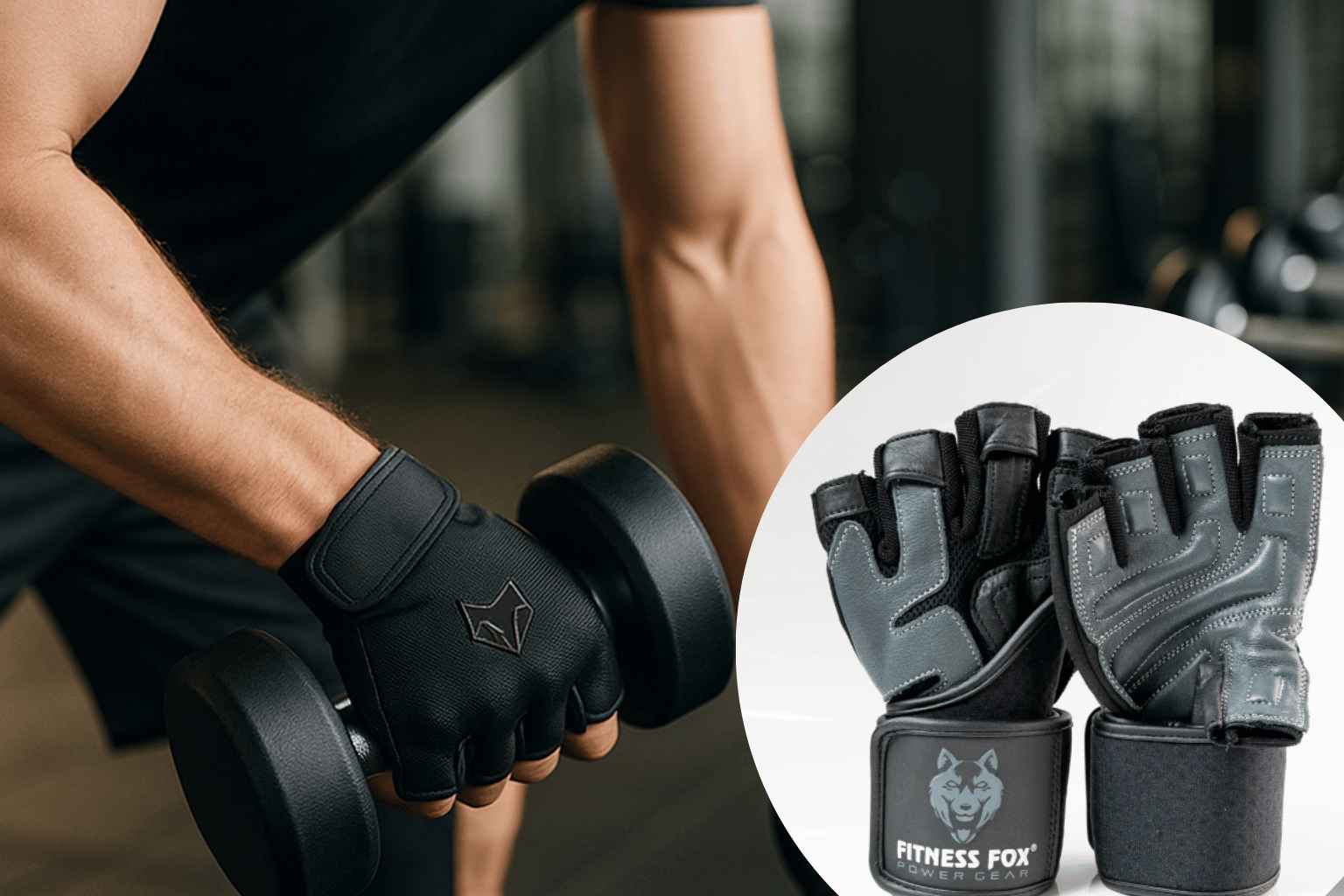







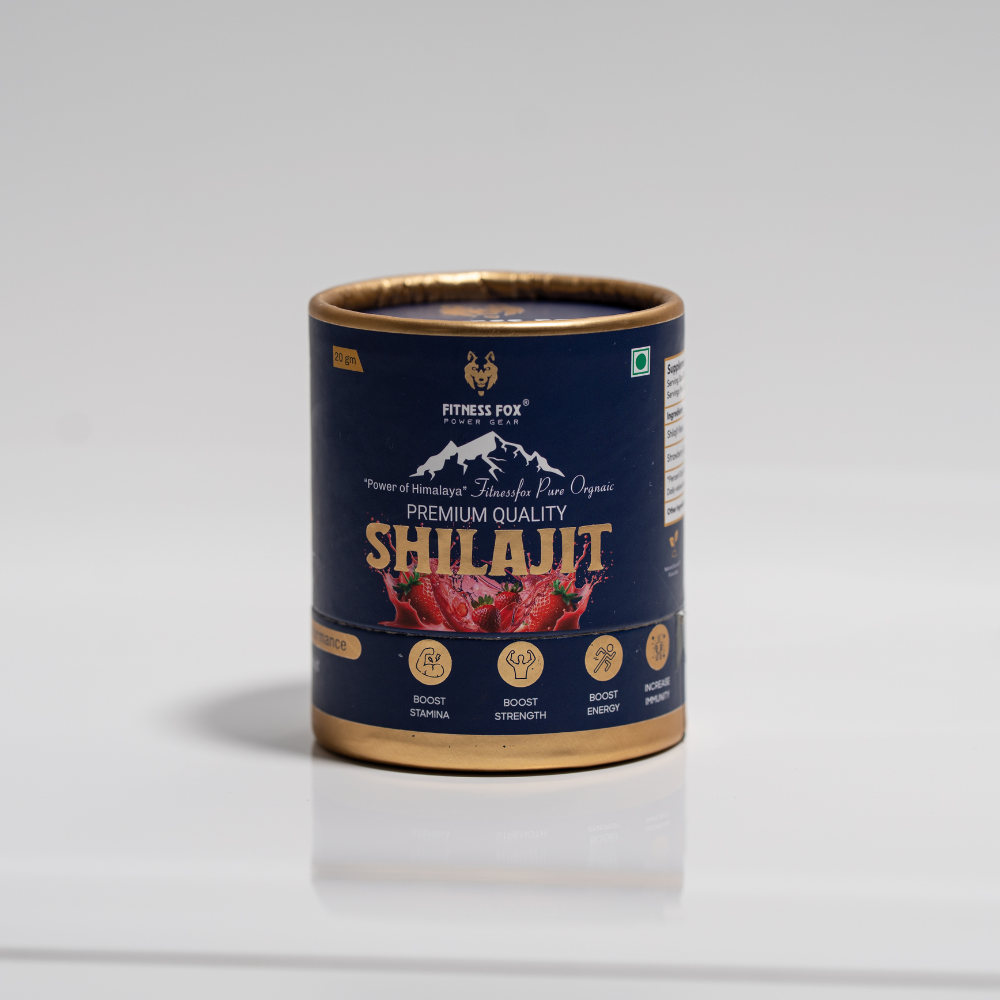

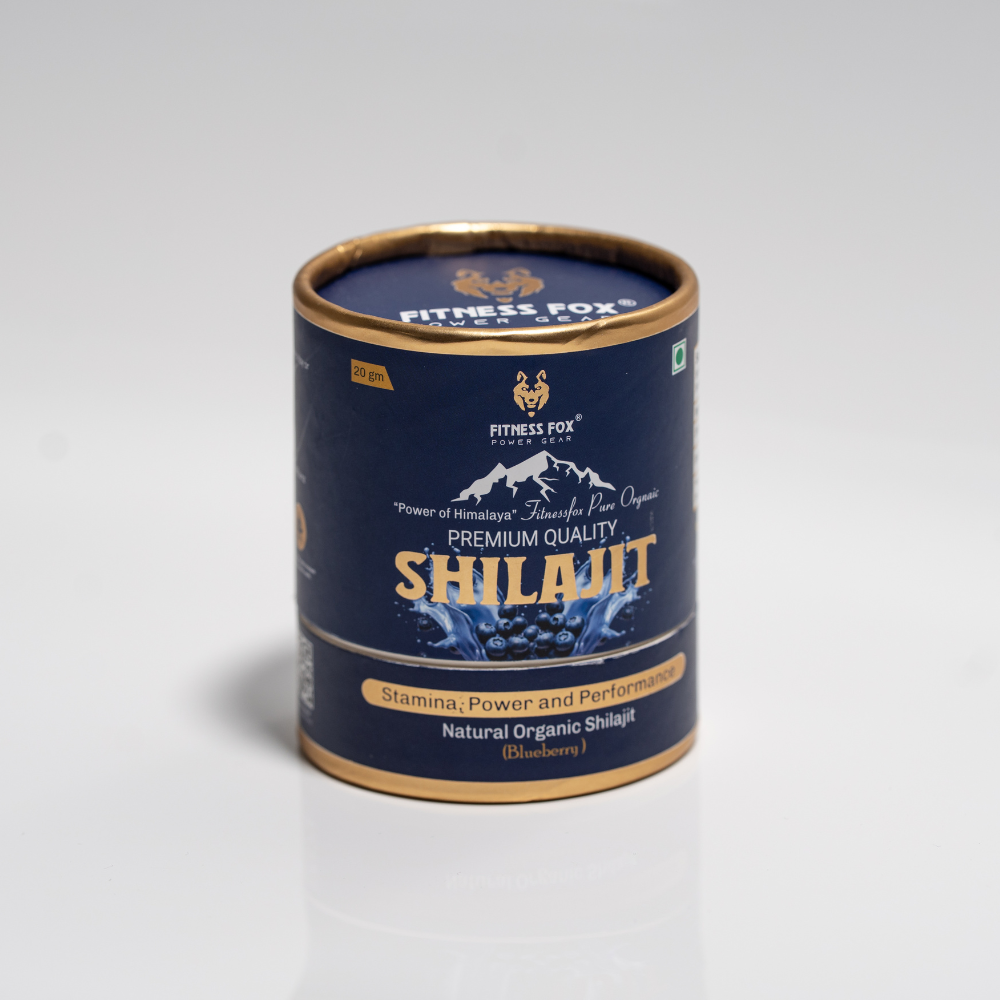
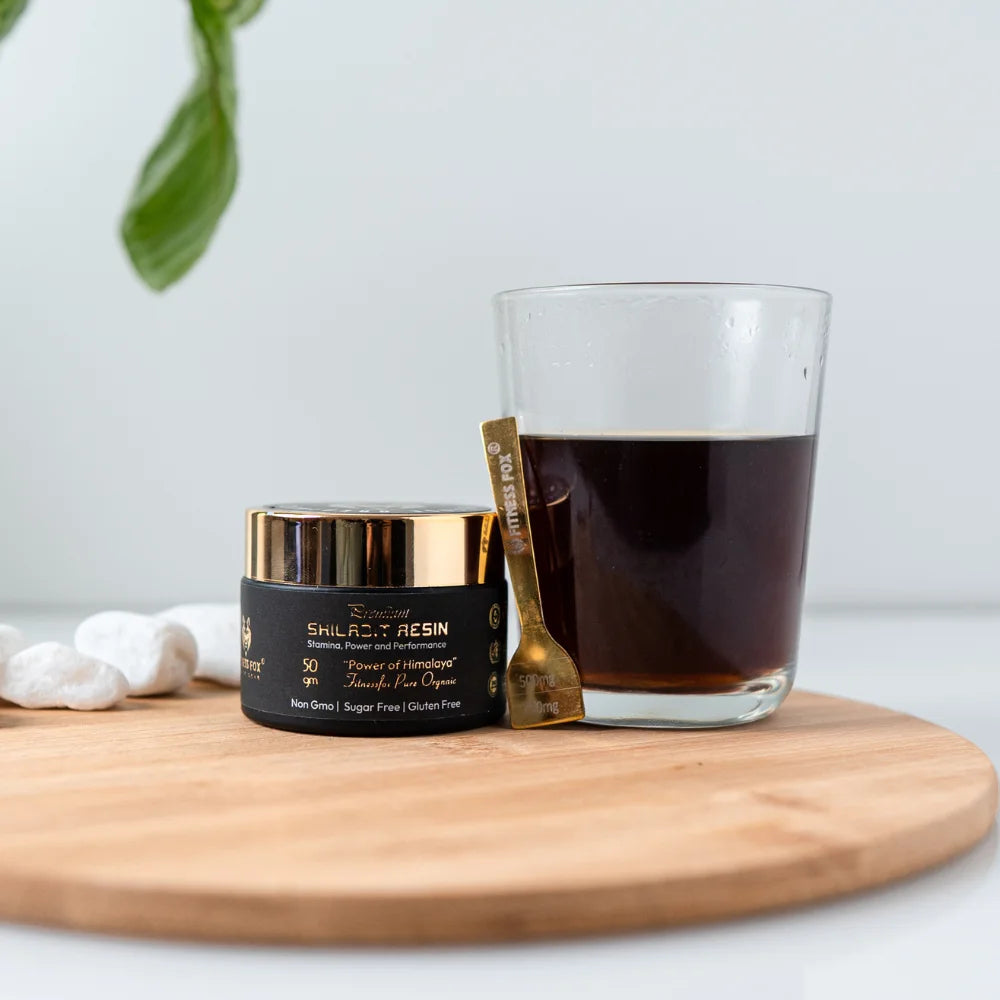
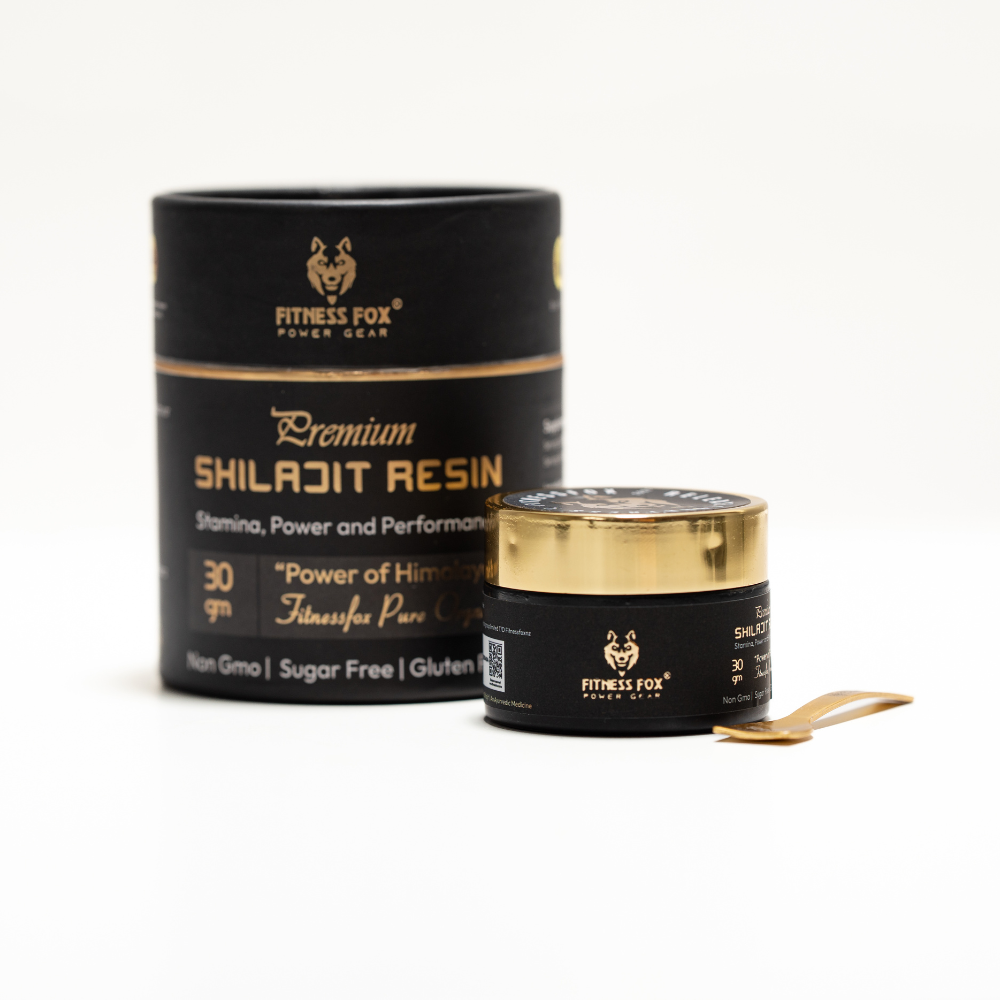




Leave a comment